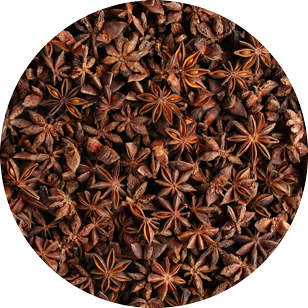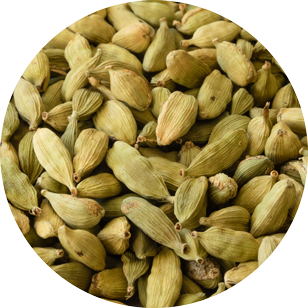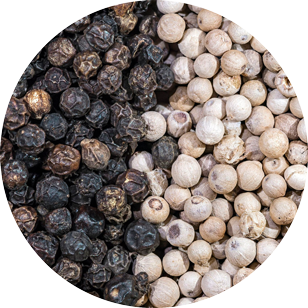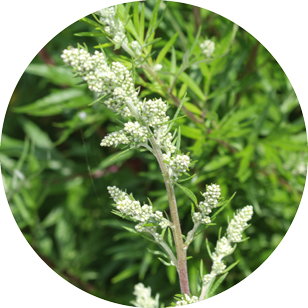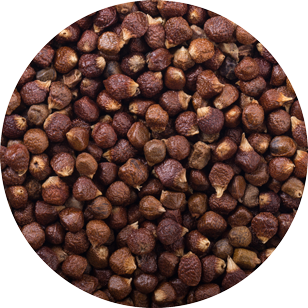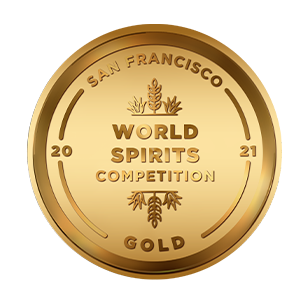The History
1920
The beginning of the production of Pastis in Provence started right after Absinthe was banned. Under the pressure from distillers, the law authorized aperitifs with anise on the condition that they did not contain absinthe, that they were not green, and that the alcohol did not exceed 30°.
1932
The word "Pastis" spreads out of Provence to rest of France thanks to Paul Ricard, whose pastis brand is an immediate success. From a local spoken word, Pastis becomes a recognized national category.
1936
With the arrival of paid vacations, pastis took on a connotation of "vacation drink" and sales literally exploded.
1938
The law authorized a 45% alc/vol: the ideal alcohol content.
1946
Henri Bardouin, new owner of Distillerie de Lure ( now Distilleries Domaines de Provence) whose pastis had been distributed in local bars for decades, decides to elaborate a more complex recipe, using the multiple local herbs growing in Upper Provence. This is coming back to the very ancient recipes of pastis, when botanists were incorporating up to a hundred herbs in a single beverage.
2008
Henri Bardouin Pastis becomes the first pastis to get Gold Medal at the Concours Général Agricole in Paris. While Ricard made pastis a main stream category, Henri Bardouin upgraded it to a noble one.
Until Now
While continuously improving the recipe of its pastis, the Distillerie also change its pastis name follow, from Paulanis in 1920, Diamant in the 1940’, Occitanis in the 1970’, it finally get called Pastis Henri Bardouin in 1990. At that time, the recipe, distilling 64 herbs and spices is considered as the most successful ( as far as flavor is concered) of any anise based spirits.


